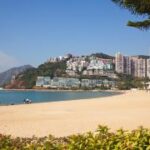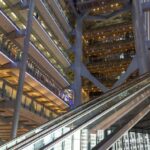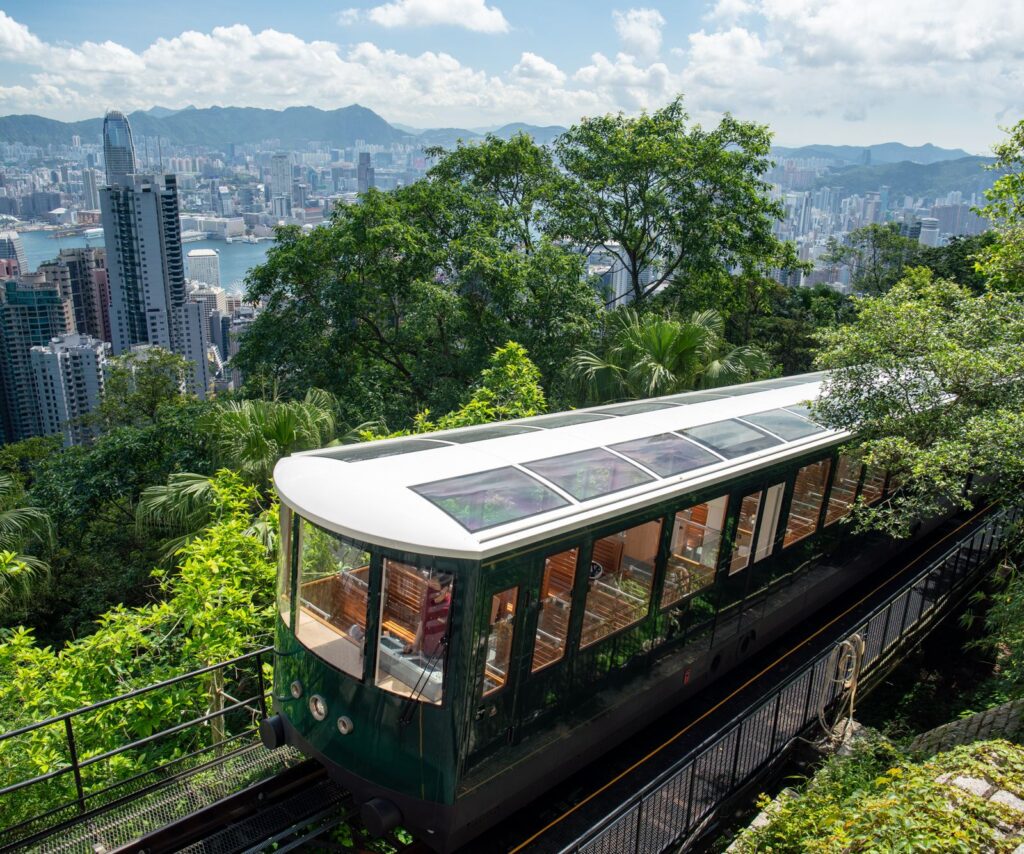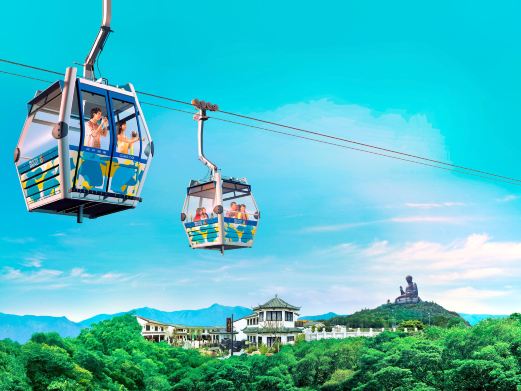The Hong Kong Wetland Park consists of a 10,000 square meter indoor ‘Wetland Interactive World’ and an outdoor ‘Wetland Conservation Area’ spanning over 60 hectares. Within the park, visitors can observe a diverse array of wildlife and encounter various types of wetland ecosystems. Outside the park’s ticket office stands a distinctive shell wall, adorned with a multitude of shells, signaling one’s arrival at the park.
Upon entering the ticket gate, visitors arrive at the Visitor Center (located on the ground floor), marking the beginning of the ‘Wetland Interactive World’ section. This area features five exhibition gallery units: ‘Wetland Knowledge’, ‘Wetland World’, ‘Human Culture’, ‘Observation Corridor’, and ‘Wetland Challenge’, all of which carry a strong educational aspect. Walking to the end of the ground floor and turning right to ascend (referred to as the first floor), visitors will sequentially pass through these five exhibition galleries.The ‘Wetland World’ unit simulates three different ecological environments: the Arctic tundra, tropical swamps, and Hong Kong’s wetlands. Along the way, one can learn about the migration of migratory birds and the movement of reindeer, as well as observe the Malayan turtle and the long-snouted crocodile in the tropical forest, which is quite interesting. The Observation Corridor on the first floor offers an excellent vantage point for overlooking the swamp wetlands, with a broad view and complete observation equipment, making it an ideal spot for bird-watching.

Continuing forward to the ‘Wetland Challenge’ unit, visitors can engage in interactive games. Returning to the ground floor, there is a screening room and a swamp adventure game area where parents can accompany their children to experience and play. Following the signs from indoors to outdoors, at the entrance of the Wetland Conservation Area is Beibei’s Home, where a young crocodile named Beibei, discovered in Hong Kong’s New Territories, resides. Through the transparent glass wall, one can see Beibei swimming in the outdoor pool. The next stop is a stroll along the riverside trail, where visitors can observe the different ecosystems of the upper, middle, and lower reaches of the river.
The park is open all year round. Open from Monday, Wednesday to Sunday from 10:00 to 17:00.
Service facilities: Barrier-free services include barrier-free parking lots and barrier-free entrances. Must-see tips: 1. In summer, it is sultry. Pay attention to sun protection and replenish water to prevent heatstroke. Also, be prepared for mosquitoes and insects. 2. Pay attention to the tide information provided by the Hong Kong Observatory at gb.weather.gov.hk/tide/cTBTtide.htm. At low tide, it is easier to see more organisms. 3. Do not smoke or litter. Do not damage the wetland ecological environment. 4. Please do not touch the feathers and excrement of wild birds. If you have touched wild birds, clean immediately.








